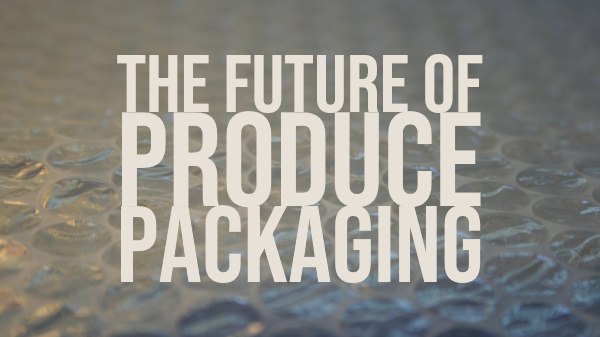Another exciting innovation in sustainable packaging is in the area of closed-loop recycling.
In a closed-loop recycling system, packaging is designed with the goal that all of the material can be recycled into the same type of product after it reaches the end user.
This yields less waste than an open-loop system where only some components of the packaging are reused and those that are used suffer degradation in the recycling process. In essence, supply chain sustainability is the main focus of closed-loop recycling.
According to the U.S. Environmental Protection Agency (EPA), plastic recycling results in significant energy savings compared with production of new plastics using virgin material. In fact, recycling plastic takes 88 percent less energy than making plastic from raw materials.
And while closed-loop systems are not new, they certainly have not been as effective as open-loop recycling. This is a result of little demand for post-consumer recycling programs and a lack of consumer education about the recycling process.
Historically, consumers have been taught to throw all packaging into one bin for recycling. However, different plastics have different chemical compositions and cannot be recycled together.
For example, PET or polyethylene terephthalate bottles cannot be mixed with polypropylene to create a viable product, since they have each very different melt flows. Some packaging companies are taking notice and focusing their efforts on improving the closed-loop recycling system in their packaging designs.
“The problem is, there is no sorting—because of this, the packages are not actually recycled and end up in landfills, along with waste. To truly achieve sustainability, a closed-loop system is necessary,” states Erika Nist of Seattle-Tacoma Box Company in Kent, WA.
The company has initiated a pilot program working with major retailers on a closed-loop program that is also mindful of the end user.
“We buy the carton in baled form, partner with the recycler who reprocesses the carton into post-consumer resin, and then we take the resin and put it into new boxes, so it’s a complete closed-loop program,” Nist says.
“Post-consumer-based recycling is more challenging—not that it can’t be done,” adds Nist. “It can be done if everyone is educated and actually takes the steps to be sustainable. It’s going to take the entire supply chain from the packaging manufacturers, to the recyclers, to the end user, to the post-consumer area of recycling to make it happen—but it can, 100-percent, be done.”
This is multi-part feature on sustainable produce packaging adapted from the October 2019 issue of Produce Blueprints.



